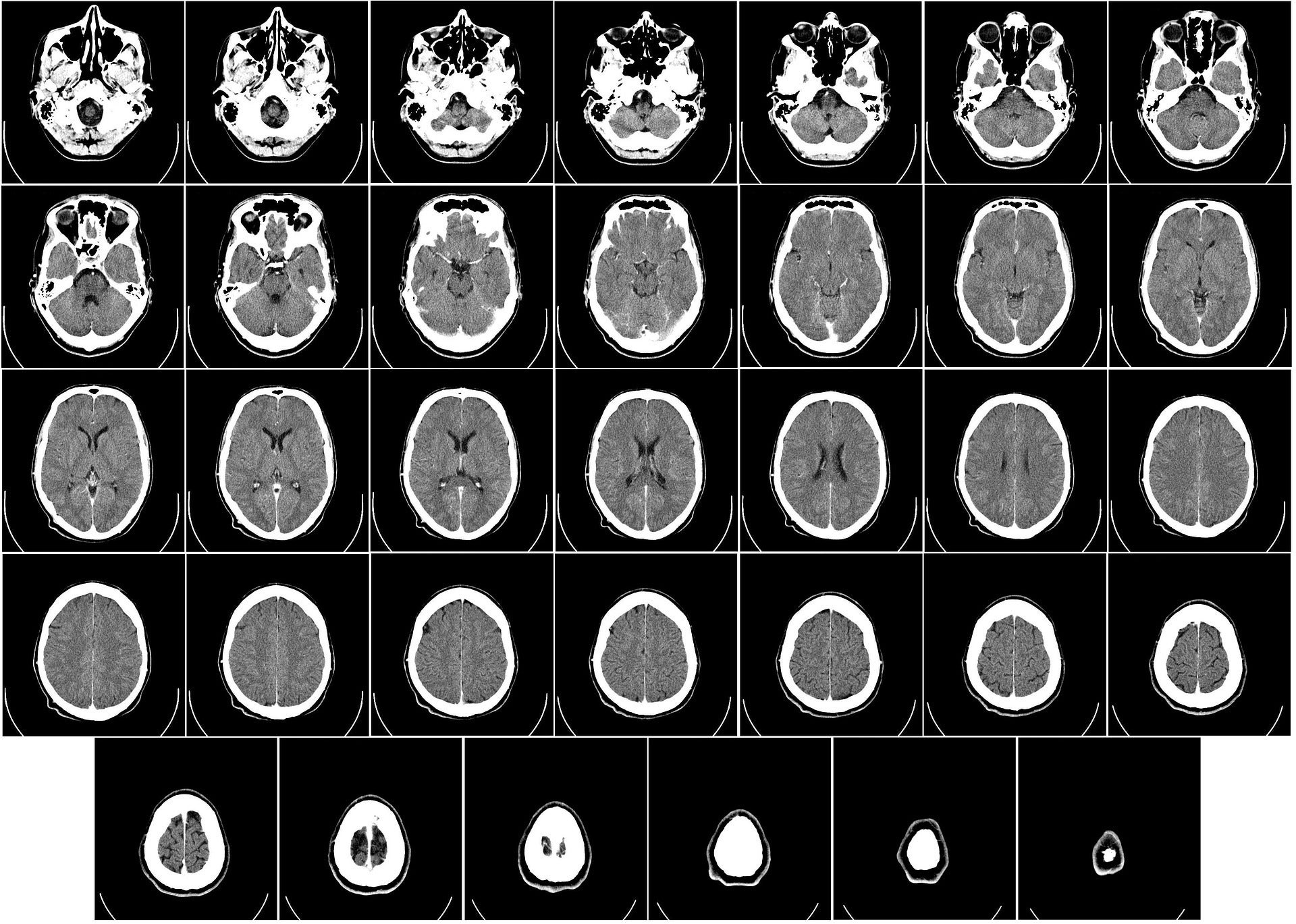
US-based therapy-enabling platform company ClearPoint Neuro has received 510(k) clearance from the US Food and Drug Administration (FDA) for its ClearPoint Maestro brain model.
Maestro brain model is designed for automatic labelling, visualisation, volumetric and shape quantification of segmentable brain structures from a set of MRI images.
It aims to automatically detect, categorise, and measure the volume and form of the various brain regions that may be seen in MRI scans.
The Maestro Brain Model’s technique includes deformable surfaces, active shape models, and machine learning.
According to the firm, it also offers longitudinal and patient-to-patient point-based correspondence.
Normative values from 560 healthy participants serve as reference ranges for patient-specific assessments, and cross-validation on more than 1,000 scans demonstrates highly reproducible results with sub-millimetre accuracy, said the company.
ClearPoint Neuro president and CEO Joe Burnett said: “This is a tremendous milestone for ClearPoint and our collaboration with Philips as we are thrilled to introduce this new commercial tool into our portfolio.
“This is a crucial first step in our path to make the Maestro Brain Model the ‘engine’ in our navigation system supporting multiple new applications in the future.
“Now that the standalone patient analysis tool is cleared, our development team will work to embed this software directly into the ClearPoint Navigation platform and add new functionality based on the priorities of the business.
“We are very proud of the ClearPoint and Philips co-development team who have delivered another innovative product and further demonstrated our focus and commitment to being an innovative leader in neurosurgery.”
More than a decade ago, research to find small volumetric and shape abnormalities in individuals with moderate traumatic brain injury gave rise to the first-generation anatomical segment analysis method, said the ClearPoint Neuro.




